Be a Responsible Waterfront Owner
How we change our landscape impacts water quality.
Download The Water’s Edge brochure or The Water’s Edge Booklet on how to protect waterfront property and its value.
What’s the Issue?
When we remove natural vegetation to create open areas along rivers, lakes, and streams, we change the way rainwater enters water bodies. While carrying pollutants, the rainwater travels over the land too quickly which erodes the shoreline.
What is a Riparian Area?
A riparian area is a green area immediately adjacent to streams, rivers, and lakes. Riparian areas are identified by the presence of vegetation that requires large amounts of water. The soil in a riparian area has varying textures that allow for occasional flooding or changing water levels. The amount of water in the soil determines what plants can grow where.
Why are Riparian Areas Important?
Riparian areas can…
• Recharge groundwater
• Reduce downstream flooding
• Increase stream flows in dry weather
• Trap sediment and pollutants
• Cycle nutrients
• Provide shade to keep water cool
• Increase stream and bank stability
• Provide habitat for fish and other wildlife
How To Protect Riparian Areas
Adopt river-friendly lawn care
– Fertilize responsibly. Keep fertilizer applications at least 20 feet away from the edge of lakes, streams, or storm drains.
– Spot treat pesticides.
– Water wisely. Lawns need about one inch of water per week. Use a rain gauge and water only when necessary, instead of on a fixed schedule.
– Stabilize stream banks by planting roots. Deep-rooted plants can stabilize sensitive slopes. Establish vegetation on all bare areas. Temporarily stabilize with mulch to minimize erosion.
– Remove invasive plants. Invasive plants should be removed and replaced with native vegetation. Invasive plants do not always provide effective stabilization.
– Build buffers. Before your house was built, the river or stream on your property was surrounded by native plants, trees, and shrubs that acted as natural filters and held soil in place. A good buffer strip is wide (30 feet), continuous, and dense with shorter plants nearer the water and taller plants and trees planted further away. Use native, low-maintenance plants like grasses, wildflowers, perennials, shrubs, and trees for your buffer area. Native plants can tolerate Michigan’s climate better, require less fertilizer and water, and are more disease resistant. Use a wide variety of plants to help control pests and minimize the need for pesticides.
– Consider your septic tank and switch to low flow faucets. Excessive water use is the most common cause of septic failure, so reduce water used for bathing, laundry, and flushing the toilet. Install low-volume toilets and low-flow shower heads. Identify and repair leaking pipes, stick float valves in toilets, and dripping faucets to reduce water wastes. Wash only full loads in your dishwasher and washing machine.
– Avoid dumping. Use toilet tissue that breaks up easily when wet to prevent clogging. Keep from flushing non-biodegradable materials like facial tissue, diapers, tampons, plastic, or cooking fats and oils. Try using your garbage disposal unit less often. Make compost out of vegetable wastes, coffee grounds, eggshells, and other composable kitchen wastes.
– Manage woody debris. Remove only what’s necessary as in-Stream woody debris creates and maintains habitat for fish and other aquatic creatures. Riparian woody debris maintains stream temperature by providing shade.
– Use liquid laundry detergent because it is less likely to have fillers or carriers that may damage your system.
– Keep your use of household chemicals and cleaners to a minimum to keep from harming the bacterial action in your tank.
– Pump your septic tank regularly, usually once every one to two years.
– Stay away from additives and “starters.” Some may harm your system and contaminate groundwater. Think about the drain field too. Keep automatic sprinklers away from the tank and drain field and landscape over your septic system with dense grass cover and other shallow-rooted plants.
– Avoid impermeable or compacted surfaces over the drain field such as concrete, asphalt, plastic, or compacted soil. Discharge all sewage waste from the house into the septic tank. Don’t run wastewater from laundry or saunas directly into the drain field as the detergent or soap scum will quickly clog soil pores and cause failure.

